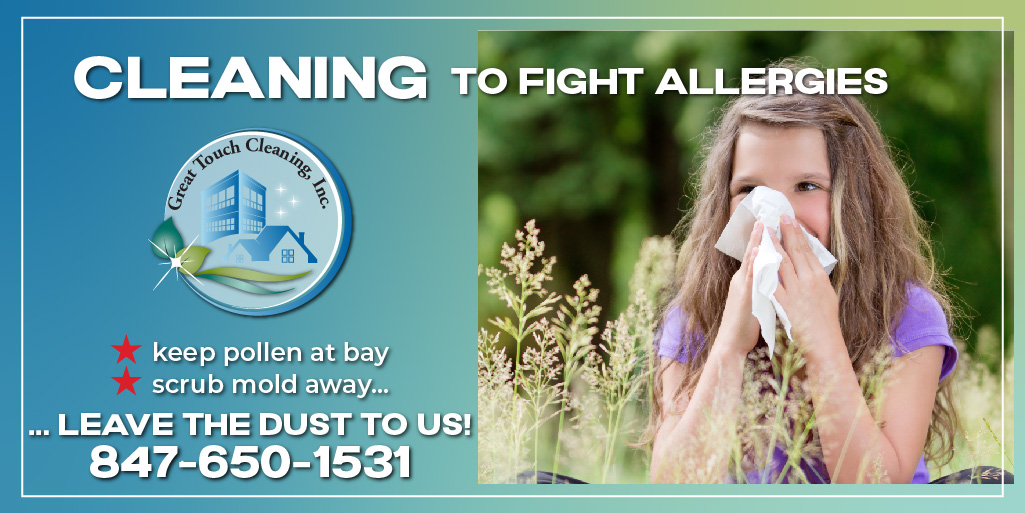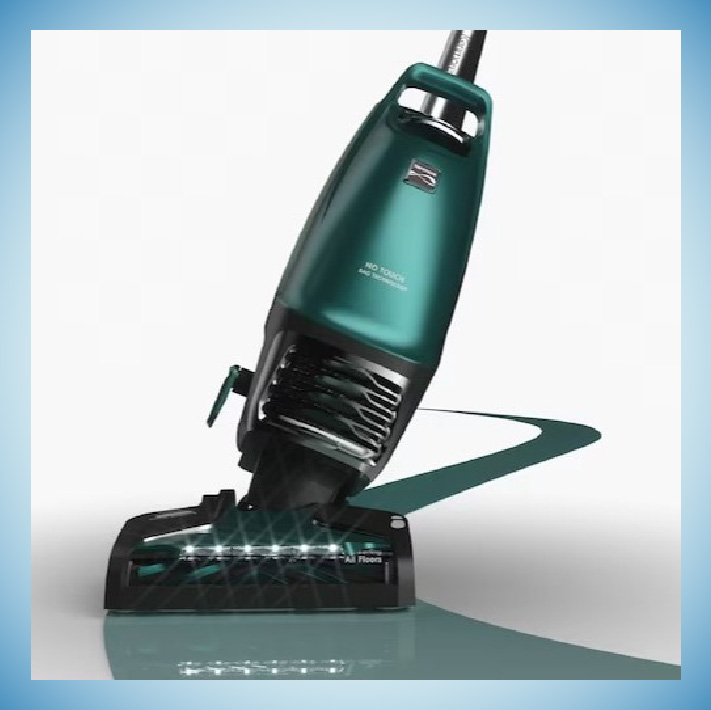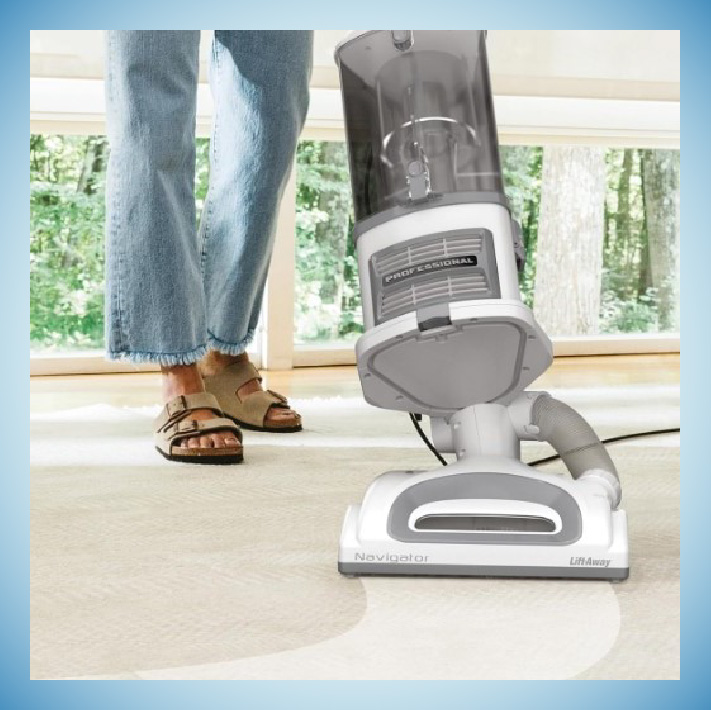Clean to Fight Allergies

Summer is beautiful, but it’s also a prime time for some allergies. There’s no complete cure but it is possible to clean to fight allergies or at least curb some of their causes. By identifying a few often-forgotten spots and applying a few cleaning tips, pollen, dust, and mold can be eliminated, so you can breathe easier.
The biggest allergy trigger is pollen. Trees, grasses, and weeds release these tiny grains into the air to fertilize other plants. They cause runny nose, watery eyes, sneezing, coughing, and itchy eyes – not a pretty picture.
Cleaning Keeps Pollen at Bay
- Wipe bookshelves, tables, and other places where pollen can collect.
- Vacuum twice a week. Clean the vacuum afterward.
- Replace the air filters in your home often. An air purifier may also help.
Pollen tends to be particularly annoying on dry, breezy days when the wind picks it up and carries it through the air. Keep your doors and windows closed on these days.
Rainy days, on the other hand, wash away the particles. So right after the refreshing rain, it is good to have the windows open, at least for a time.
Dusting is Critical
Over 50% of allergies are caused or triggered by dust mites. These microscopic creatures do not bite, sting, or carry any diseases. They’re especially fond of warm, humid environments, and feed on the tiny flakes of skin you shed every day. That makes carpets, bedding, and upholstery some of their favorite spots. These are some cleaning tips to minimize their count.
- Wash your bed sheets and blankets weekly, in hot water
- Favor the hardwood floors
- If you prefer carpets clean them often
- Use dehumidifiers and try to keep the humidity in your home lower than 55%.
- Get rid of fabrics you can’t easily wash, like heavy drapes or curtains.
Mold Likes to Hide
Hidden patches of mold can lurk in all different areas of your home, from your shower head, and baseboard corners to spots behind your furniture and appliances. The Great Touch Cleaning, Inc. teams are trained to watch out for these spots and attack them mercilessly, especially at the initial, deep cleaning. We scrub them with detergent and water and wipe them clean and dry.
After the spots are cleaned it is also good to increase the ventilation in the area as much as possible. It will prevent any further mold build-ups.
Remember to Keep Clean:
- HEATING AND COOLING VENTS
If you keep the dust and pollen at bay, and still feel extra allergenic or sick for no apparent reason, dirty vents and ducts may be to blame. A little bit of dust in these pipes is normal and largely harmless, but with time mold and other debris can build up, wreaking havoc on your health. Removing mold and other toxins from pipes every year is a smart move.
- REFRIGERATOR AND MICROWAVE
Even if the shelves and drawers in your refrigerator, and the inside of your microwave appear to be clean, they could be hiding particles of dangerous microorganisms. To reduce your chances of developing any kind of foodborne illness, we know to keep all perishables at a low temperature until processing and to wash fruits and vegetables before storing or eating.
Another good habit is to clean and disinfect at least once a month the fridge shelves, and the microwave and other kitchen appliances and cooking areas.
- BATHROOM MATS AND RUGS
Often, we don’t give our bath and shower mats a second thought, but every time you bathe or shower, they trap the moisture, allowing mold and harmful bacteria to thrive.
Be sure to wash them in hot water at least a couple of times a month.
- YOUR PET'S FUHR
Our pets are often loved as much as our human family members, but unfortunately, the dander they leave behind also has the potential to make you sick. The best way to prevent your allergies from flaring up around your pet is to keep it off of your furniture, fabrics, and carpets as much as possible. You should also be sure to brush and groom your friend often.
And vacuum, vacuum, vacuum …
- YOUR GOOD OLD VACUUM...
You probably consider your vacuum to be a staple cleaning tool in your home, but if it’s old and not maintained well, it may be doing more harm than good. Every single vacuum releases some dust, bacteria, and allergies into the air, but this pollution is much more severe with older vacuums, and those that are not equipped with appropriate filters. Make sure you use a machine equipped with a high-efficiency particulate air (HEPA) filter and clean it regularly. Check below the vacuums we love and recommend:
If you want to read more specifics – we wrote more about these vacuum cleaners in our Cleaning Equipment post.
These are the few and very important cleaning tips you need to remember when cleaning and fighting the allergens in your home. For professional cleaning help – call 847-650-1531 and…



